6. Krull (1983, Peter Yates)
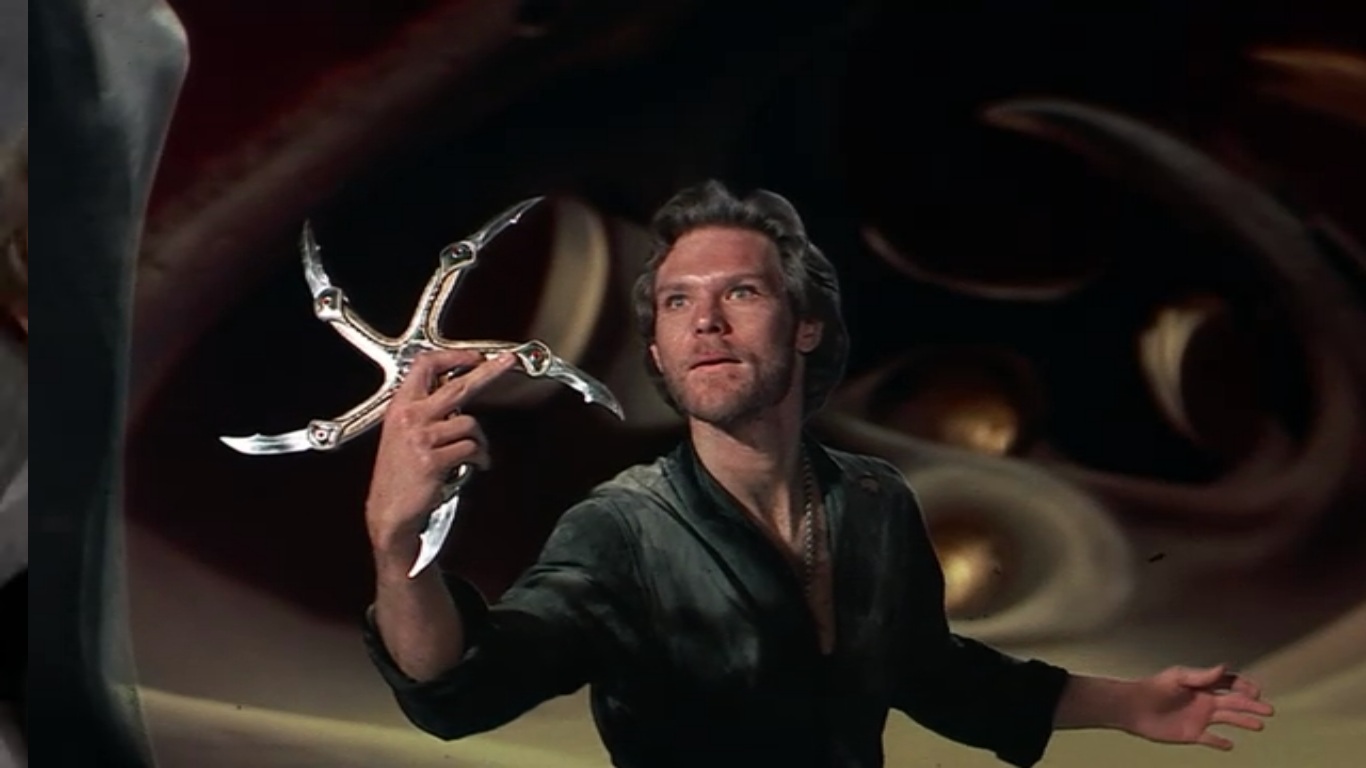
Ah, Krull. Krull is difficult to categorise, beyond being an 80s Fantasy film. Swashbuckler? Fairy tale? Space opera? All of the above? An attempt, if largely unsuccessful, to have the audiences of the previous films on this list and Return of the Jedi accidentally meet in the same location – preferably a movie theatre playing Krull. Essentially, it’s the story of a fairy tale kingdom replete with brave princes, princesses held hostage and magical creatures that is invaded by an alien army, equipped with spaceships and futuristic weaponry.
You have to admire the scope of the film’s ambition. It has a singular, if confusing, vision. Any website detailing Krull must fail to include a linking ‘See Also’ section because there simply is nothing else like it. Not before. Not after. The film is the poster child of 80s greed and excess. Throwing George Lucas’ wastepaper bin of ideas at a wall already pebble dashed with sword and sorcery elements proving popular at the time, director Yates hoped for the best.
What resulted, however, is far from the worst film on this list. Extricate elements from the confusing whole and they are highly enjoyable. Like Conan and Excalibur, Krull relies heavily on a rousing score that combines with location photography to create a vivid sense of place. In this case the soundtrack is provided by the peerless James Horner. The rag-tag team of British acting talent / adventurers accompanying our (miscast American) hero, Prince Colwyn, are an improvement on Hawk’s and Bernard Bresslaw is the emotional heart of both bands. Unlike other supporting characters in films on the list so far, the fate of Bresslaw’s cyclops is genuinely affecting.
Similarly, Fantasy concepts that are pedestrian re-treads in the previous films are given a new lease of life in Krull. Character actor villains are replaced in Yates’ film with giant alien entities suffering a bottomless, interdimensional desire for conquest. A mountainous, organic star ship is substituted for poorly lit castles, caves and derelict temples. Horses (or whatever passes for them on the planet Krull) fly not with wings but across a hoof-sparked highway of flame stretching across the sky.
While the mixing of science fiction with sword and sorcery can be rewarding (notably our heroes pursuing a teleporting spaceship on the back of magical horses) other fusions don’t work. Shape-shifting sorcerers (we’ll hear more about them later) cracking jokes in the groaning bowels of the spaceship just feel like a step too far. Laser bolts versus steel swords would seem to make for a one-sided combat yet inexplicably do not. This contradiction is played out further in the final confrontation where Colwyn believes that a five-pointed throwing star can kill a monstrous alien warlord. Yet the film begins and ends on a progressively winning note with the future queen choosing her king. Together, they produce the enchanted effect that ultimately destroys the antagonist. This was enough to save Krull the planet but not the film. Though it unceremoniously bombed, it deserves to be remembered warmly.
7. The Company of Wolves (1984, Neil Jordan)
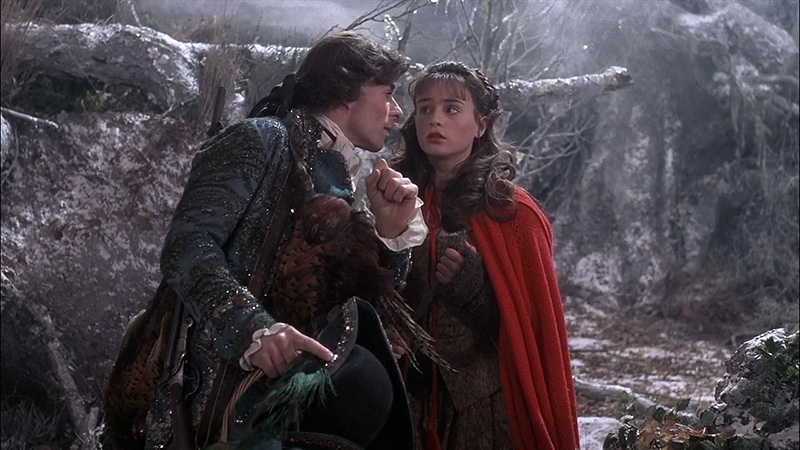
Like Time Bandits, although different in tone, Neil Jordan’s dark Fantasy The Company of Wolves is jam-packed with stylish visuals and uses its fairy tale (rather than time travel) conceit to good effect. Telling stories within stories within stories, the film is a multi-layered exploration of the Little Red Riding Hood folktale / werewolf mythology. It is rich with symbolism and Feminist critique – perhaps, like Black Forest gâteau, a little too rich – at least for an 80s audience.
Jordan is an able director and Angela Carter a gifted writer. The characters are sinister (even the wonderful Angela Lansbury, in her grandmotherly way), the setting is atmospheric, the subtext sumptuous and the special effects award-winning. It was just all too much to take in one sitting, which is probably why Jordan and Carter opted for compartmentalised storytelling in the first place. As a film, it rewards repeat viewing and some thought on the representation of the sexes, especially as part of the intoxicating sub-surface eroticism of fairy tales. Unused to such cerebral demands in the context of a Fantasy film, and despite some critical appreciation, audiences failed to engage. The film broke even but, regarded as an oddity, has been largely forgotten. Like Red Riding Hood, Jordan strayed from the path and paid the price.
8. Ladyhawke (1985, Richard Donner)
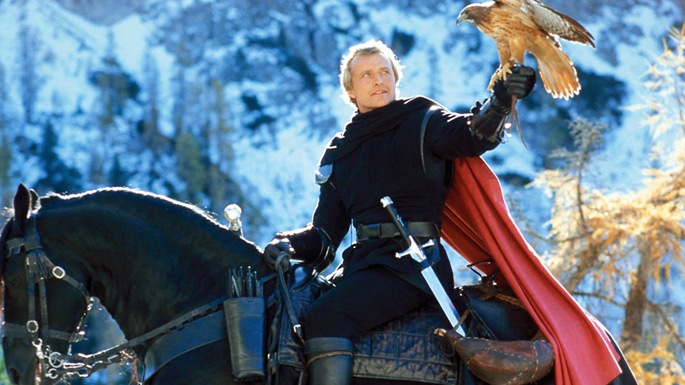
The most maligned 80s Fantasy film on this list is almost certainly Ladyhawke. Like Company of Wolves, it is a stylistic oddity but stays true to its fairy tale inspirations. It is the story of Navarre – former captain of the bishop’s guard – and his true love Isabeau. The bishop has cursed them to be separated forever – Navarre transforming into a black wolf by night and Isabeau a hawk by day.
Ladyhawke deftly sidesteps many of the pitfalls into which previous entries have fallen. Rutger Hauer, immortalised as a villain in Blade Runner, is a revelation as an against-type fairy tale hero. His Dutch ancestry plays well with the setting and he loses none of his edge and intensity playing a good guy. Isabeau’s role is largely to drive men mad with love to the point that they are willing to kill each other and, because she is played by a peak Michelle Pfeiffer, she largely succeeds. John Wood is suitably obsessed as the bishop and Leo McKern full of gruff character as a Friar Laurence figure who is tied to the lovers’ doom.
The real gem, however, is Matthew Broderick’s Phillipe, a thief whose escape from an inescapable dungeon makes him essential to Navarre’s plan to take revenge against the bishop. Playing a similar character to Peter MacNicol in Dragonslayer, the American Broderick was a huge risk for director Richard Donner – a risk that pays off in spades. In continuing an intermittent conversation with a god that he is unsure he believes in, Phillipe is an entertaining and engaging character. Broderick would perfect this approach by breaking the fourth wall in Ferris Bueller only a year later. The audience likes Phillipe and so it is no surprise that the characters do. Unlike other comic relief characters in Fantasy films, he is essential to the plot and its resolution. His heroism is also of a refreshingly different brand to Navarre’s.
With a serviceable medieval backdrop, swashbuckling action, solid story and emotional payoff, why is it that Ladyhawke has been largely forgotten? Perhaps the stakes were too small for audiences. There’s no saving the world to be had here – merely the clever breaking of a curse and rival suitors to be brutally despatched. A good deal of blame should be laid at the door of the film’s synth score. Emotional high points are soundtrack-signalled with the subtlety of a cartoon anvil and the incongruous feel of the music – right from the opening – puts the audience off. Confessing that the score simply reflected the music he was listening to in his Walkman while scouting locations, Donner’s mistake becomes clear. Perhaps with a James Horner score, as Krull perhaps unjustly benefitted from, the overall flavour of Ladyhawke would have been improved and the movie better appreciated.
9. Red Sonja (1985, Richard Fleischer)
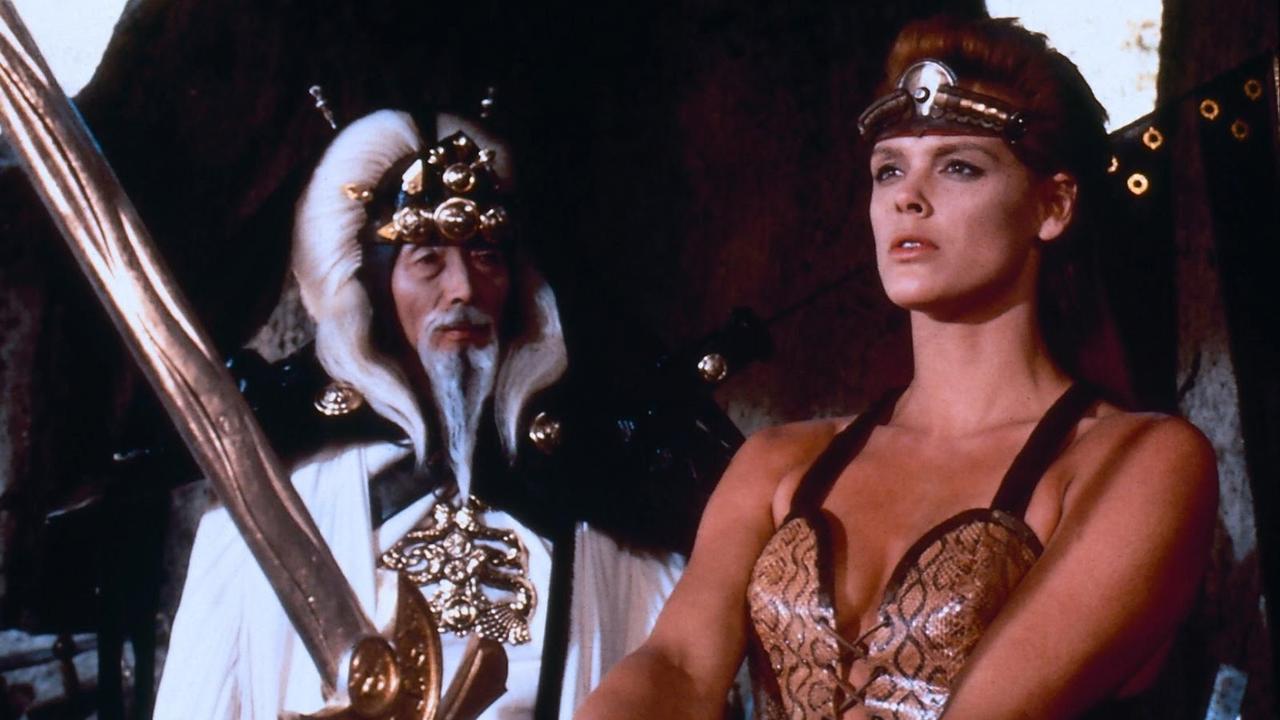
Arnold Schwarzenegger claimed that Red Sonja was “the worse film I ever made” and that’s probably saying something from the Austrian Oak. The last gasp of the barbarian sub-genre in Hollywood, few other movies would return to this setting after the failure of Fleisher’s film. It shouldn’t have been so. Red Sonja’s literary roots are interesting and entwined with Conan’s in comic books and Robert Howard’s work. The character has feminist credentials as a warrior skilled with a sword, empowered by female sponsorship, suspicious of male motivations and uncompromising in her assertion that her body is her own. These features might make her an interesting and relevant character for a modern audience, but 80s cinemagoers just weren’t interested.
This is not their fault. The film gave audiences many reasons not to buy a ticket. Schwarzenegger’s presence as a side character and not Conan in a piece of Conan IP is confusing. On camera and in the narrative, he overshadows Red Sonja in her own story. Sandahl Bergman, who plays a warrior woman and Conan’s love interest in Conan the Barbarian, refused the role of Sonja, instead opting for the villain of the film. Bergman would have made a good Sonja but with both actors playing different leads in the same universe, the audience would have been thrown even further. Instead the role was given to Brigitte Nielsen, who is all sorts of 80s fun but essentially cast off the cover of a fashion magazine.
Sonja is then dropped into an unremarkable story that bears little resemblance to the tales that inspired her creation. Her only memorable feature in the film is her red hair, a feature shared by many of the warriors and princesses in films on this list. Perhaps, Red Sonja deserves a remake. Perhaps this time an actress and director will do her justice.
10. Willow (1988, Ron Howard)
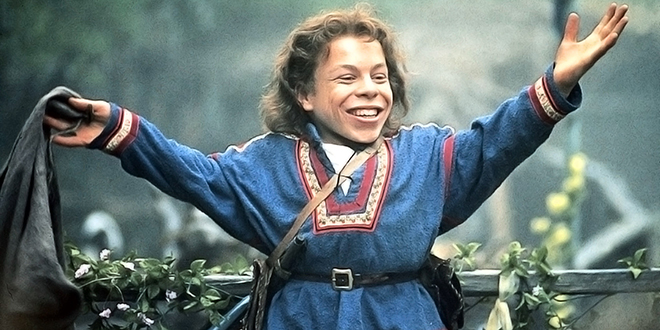
Approaching the end of the decade, the Fantasy bonfire had pretty much burnt itself out. Any attempt to resurrect it would require some big Hollywood hitters. These came in the form of Ron Howard and George Lucas. With a story coming from the mind of the man who made Star Wars and Howard at the top of his box office game following the successes of Splash and Cocoon, the pair set out to breathe new life into the genre. Still, it was not to be. Without the critical love of Howard’s previous two films and despite being set a long time ago and far, far away, it did not make bank in line with inflated expectations. Why was this?
As the first real live-action attempt to put something genuinely Tolkienesque on the screen, the bar was already set very high. One of the virtues of making a cheap barbarian film earlier in the decade was that they were indeed cheap. Comparatively expensive and burdened with added expectation that it would make everyone Return of the Jedi rich, Willow needed to overperform. It was never going to do that with a straightforward tale of child prophecies, dwarven treks and evil witches.
A good proportion of the film spends time with the titular Willow and companions from his village and this, unfortunately, drags in the same way readers might skip the early pages of The Hobbit or Lord of the Rings to get to the quest. Willow is played by science fiction and fantasy stalwart Warwick Davis, unfairly denied top billing despite being onscreen much of the time. Top billing went instead to a red-haired Joanna Whalley as the witch-queen’s daughter and Val Kilmer, who was admittedly on top swashbuckling form.
When it all gets going (largely when Val Kilmer’s mercenary with a mouth Madmartigan appears) the film is a rollercoaster. Swords seem to speed things up: the battle scenes are well-choreographed and thrilling. Magic slows things down, however, particularly when exploring Willow’s burgeoning magical powers and the shape-shifting sorcerer who mentors him. For a Fantasy film, monsters are few and far between. When they are on screen, they are vague concepts and not well realised. The humour, also, is childish and knowingly so. The movie ends enjoyably enough but you cannot help but feel that Willow, like the obsession with Fantasy across the decade, was a wasted opportunity, deserving of more imagination and better execution.